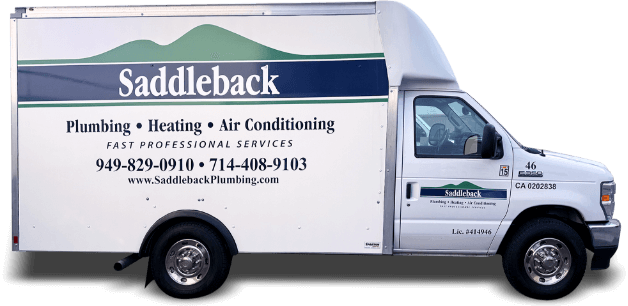Plumbing Tip : Common Causes of Plumbing Noises
July 2nd, 2012With something as important as your Irvine plumbing system, you want to be sure that everything is working correctly and effectively. Many people, though, will ignore the signs that something is wrong as long as the water flows when it is supposed to.

